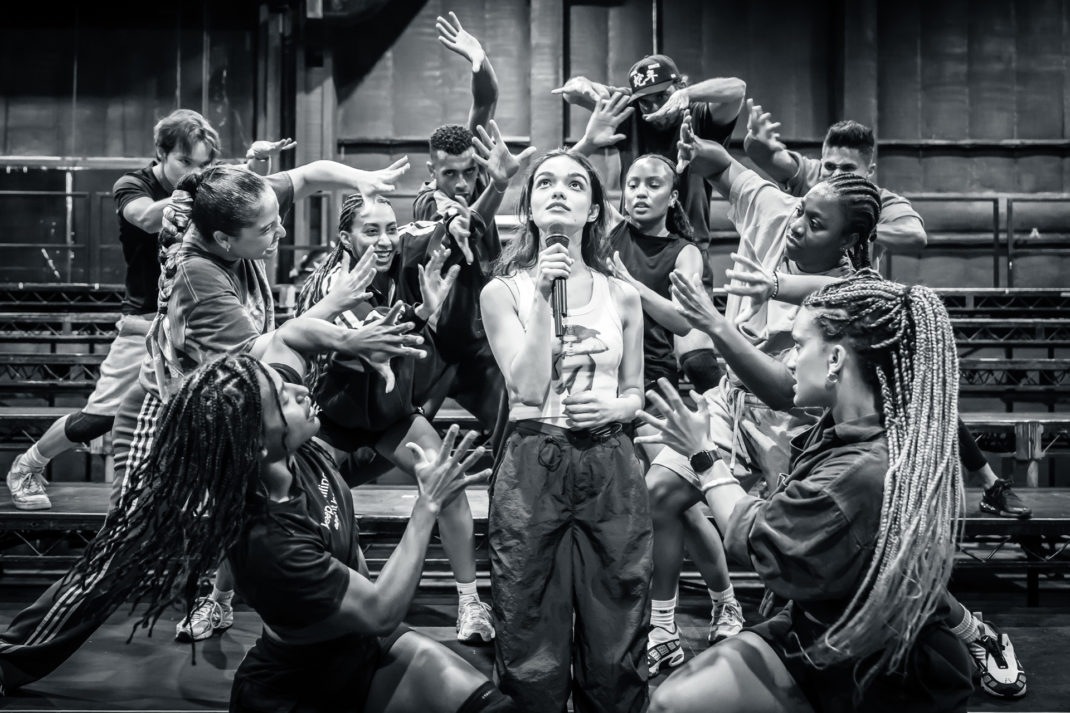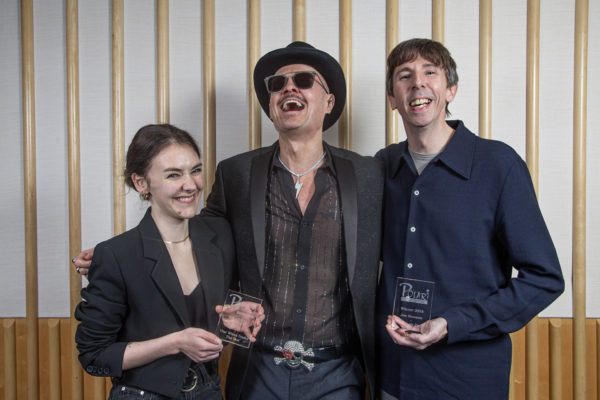Margaret Wilkerson Sexton On Her Novel, On The Rooftop
By
2 years ago
On the Rooftop by Margaret Wilkerson Sexton is out now
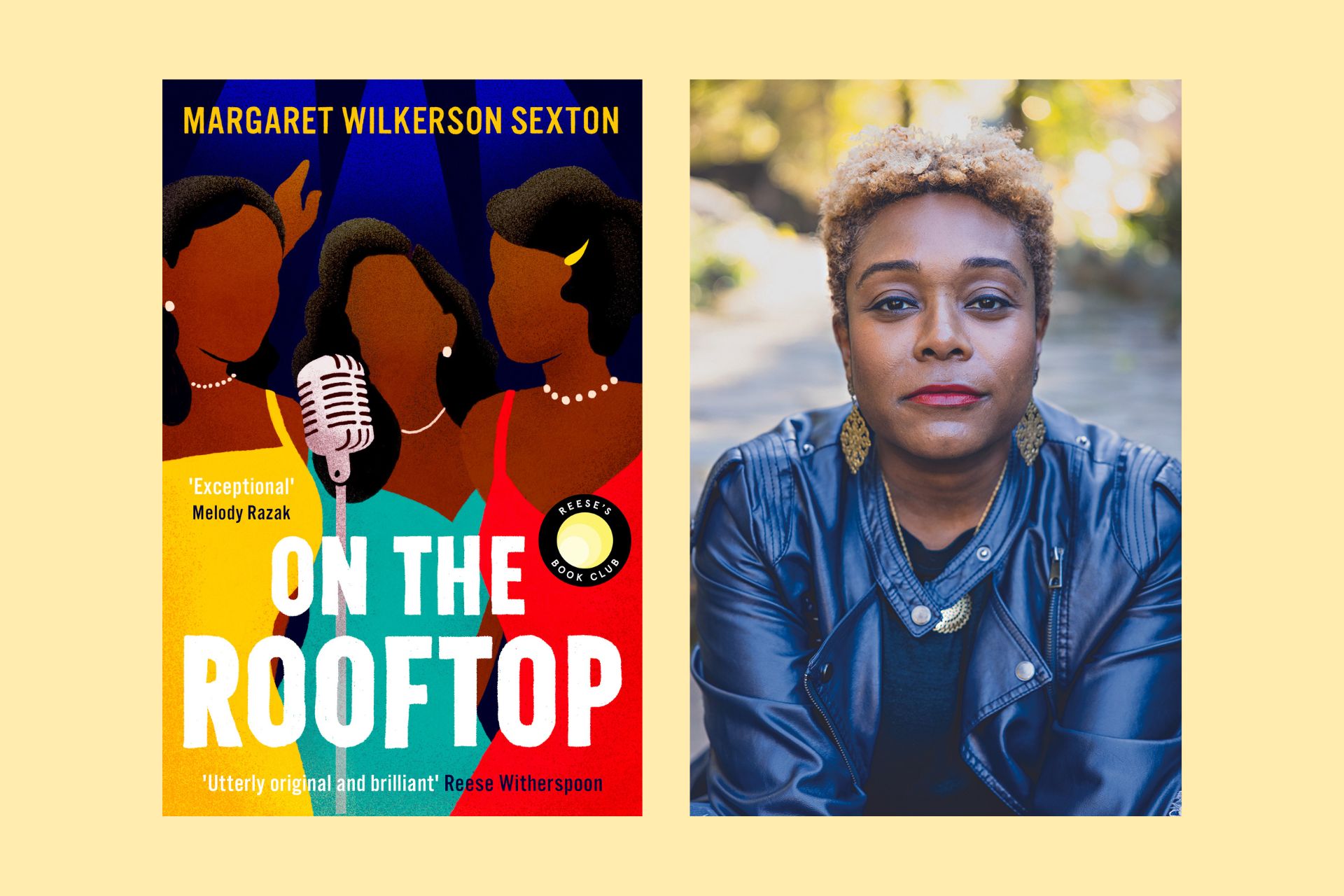
Selected by Reese Witherspoon for her book club in the US, Margaret Wilkerson Sexton’s On The Rooftop has arrived on UK shelves – and we’re loving it. Centring on a mother whose dream of musical stardom for her three daughters collides with their own ambitions for their lives, the novel is backdropped by jazz-soaked, slowly gentrifying 1950s San Francisco. We sat down with Margaret to hear all about it.
On The Rooftop by Margaret Wilkerson Sexton
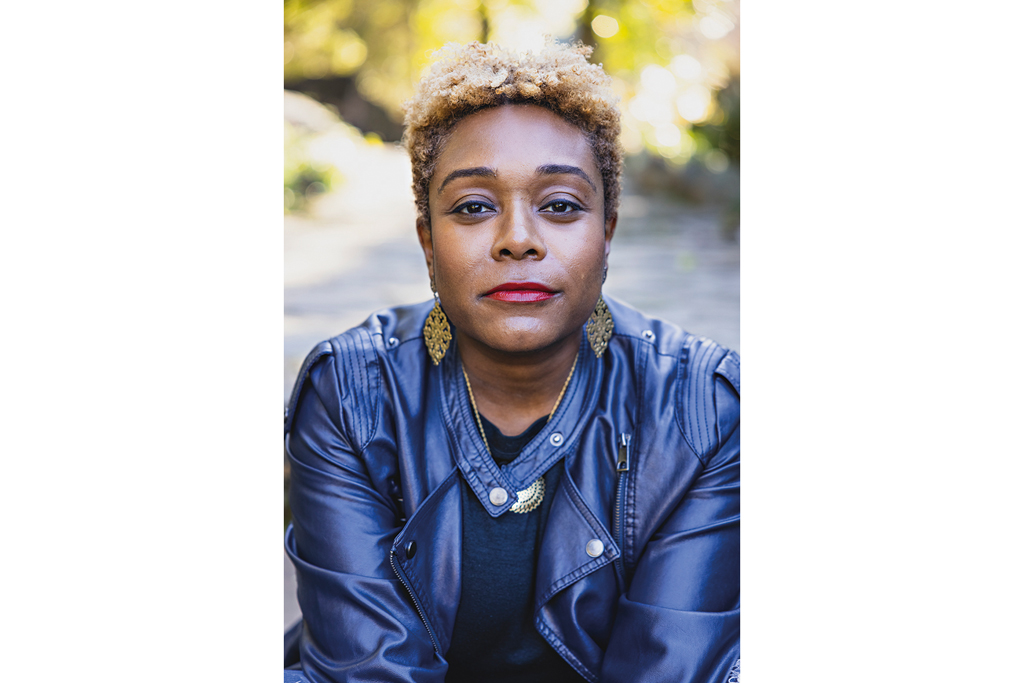
© Smeeta Mahanti
For fans of your previous novels The Revisoners and A Kind Of Freedom, what is similar in On The Rooftop? And, more importantly, what is the difference?
A Kind of Freedom, my debut novel, was necessarily grim. I wanted to show that despite the abolishment of Jim Crow, certain pockets of the Black community have regressed because systems like the War on Drugs and mass incarceration have come in to do Jim Crow’s work. The Revisioners was similarly purposeful. In the wake of the 2016 presidential election, and in light of the disparate voting patterns observed between white and Black women, I wanted to examine the relationships between those two groups historically. Having said that, I wrote On the Rooftop during the pandemic when the world felt grim all on its own. I didn’t want to put out art that was going to compound that already oppressive feeling. I wanted to capture the joy of the Fillmore district at its height and somehow transfer that feeling to my readers.
How did you create the main characters? Do they draw on real people?
I didn’t realize it at the time, but I think Vivian draws on my mother. They are both fiercely devoted to their children and their children’s actualization. Their dreams for their children overpower any dreams the children could imagine for themselves. Their confidence in their children stands in for their children’s doubt.
How do you create your stories: plot or character first?
I actually start with a message I want to convey. Then I move on to the characters. Then I figure out a storyline that will suit the characters and also fit the thesis that I want to broadcast.
What is your writing process like? How do you get started, how do you plan, how do you know it’s a good idea?
I come up with a message or a thesis that I want to share, and then I come up with a storyline that will leave the reader with whatever impression I want to impart. I use outlines vaguely but am not wed to them. It’s hard to know sometimes what makes a good story and what doesn’t. I’ve ‘wasted’ years on stories that have turned out to not be suitable for publication, but as of late, there’s a knowing that I have when the story is meant to move forward. It’s a knowing that wouldn’t allow me to discontinue the work until the story was done.
What is your ideal work set up? Is it day or night? Is it loud or quiet? Private or public?
I honestly don’t have one. I have three small children and a busy life otherwise, so I’ve learned to be comfortable working anywhere at any time. I’ve worked in my bed, I’ve worked on an airplane, I’ve worked at my in-laws’ house during Christmas holidays. One of my sons attends an outdoor school, and I’ve taken to working at his school, sometimes in my car, sometimes outside. Ideally, I’d start working at 5am and finish at noon, but it hasn’t been feasible yet, so until then, I find the time where I can.
On the Rooftop is all about jazz – what drew you to this?
I learned about what was to be the jazz component of the novel after I’d come up with the characters. This book was loosely based on Fiddler on the Roof, and I knew that for the adaptation to be in conversation with the stage play, I’d need a parallel source of displacement. (The community in Fiddler was forced out of their small village in the early 20th century by the Russian Tzar.) I thought about Hurricane Katrina, but had written extensively about the storm and its impact before. I began researching. I’d known about Blacks migrating to the West Coast during World War II to work in the shipyards, but I didn’t know about the vibrant community they formed in the Fillmore District; I didn’t know that the district was dubbed the Harlem of the West because of its vibrant jazz scene, and I didn’t know that in the 50s and 60s, the city’s urban renewal program destroyed it all.
And why the 1950s?
I chose the 50s because of the historical accuracy, of course, but also because it was the time when the Fillmore was at its peak. I wanted to focus more on the joy of the community when it was thriving than on the tragic aftermath.
What’s your favourite jazz song?
‘I Cover The Waterfront’ by Billie Holiday
And favourite artist?
Billie Holiday
Do you have a writing playlist? If yes, what are your top writing songs? Was the background noise writing On the Rooftop very jazzy?
I do have a list published on Spotify, and it includes songs like ‘A Tisket A Tasket’ by Ella Fitzgerald, ‘Do You Know What It Means to Miss New Orleans?’ by Louis Armstrong, and ‘How I Got Over’ by Mahalia Jackson.
There’s a large focus on family, particularly mothers, daughters and sisters. Can you tell us a bit about that?
While my father, grandfathers and uncles were very active in my life, I had more exposure to the women. They were the ones I eavesdropped on while they cooked; they were the ones who told stories about family I hadn’t even met; they were the ones who picked me up from school, the ones who stayed up late helping with homework, the ones who comforted each other and the ones who comforted me. I learned, without knowing I was learning it, how they spoke: their cadence, their meaning, the intimations cloaked inside the meanings. So, when it comes to writing, their world is what I know, and though the characters and storylines of each of my books differ, the bonds between women are ever-present.
What does motherhood mean to you?
When I was a little girl, I had 20 dolls who represented my children and I would tell everyone I’d have 20 actual children one day. If I could have had 20, I would have. Motherhood to me is the ultimate act of creation, the closest I’ll ever get in this lifetime to the supernatural, and the greatest opportunity for self-knowledge and self-development I know.
It was selected by Reese Witherspoon for her book club – how did you feel when you found out the news?
I felt immense gratitude. I had hoped that the book would attract membership in a popular club because I always want to increase my readership, to disseminate my messages, and to transfer the positive feelings like joy that I’m creating in my work to my readers. But it was something completely different to actually have that take place. I remember that for many months after, I would wake up and remember that the book was selected and, even though I was half asleep, I would just smile.
When On the Rooftop was first released, how did you celebrate?
My husband and I went to our favorite restaurant in San Francisco.
How are you marking the release of the paperback?
I don’t know yet, but my husband and I are foodies, so I imagine we’ll find a tasting menu somewhere.
What’s a genre you haven’t tried before that you’d love to write?
Memoir.
Did you always want to be a writer?
I did. I remember starting to tell people that I’d grow up to be a writer at the age of 13. I had a teacher whose husband taught creative writing at a community college, and she came to school one day after reading an essay I’d written, and she announced in front of the class, ‘My husband teaches adults and says he doesn’t have any students who can write, and I told him last night, “Well I do.”‘ I was embarrassed and exhilarated. It sparked something in me, a desire for more of that type of praise of course, but also a new need to use language and ideas to move people.
Which writers inspire you?
Jamaica Kincaid, Edwidge Danticat, Edward P. Jones, Elizabeth Strout, Claire Keegan, Ernest Hemingway, Toni Morrison, Jesmyn Ward, Elizabeth McCracken, Zadie Smith – the list goes on.
What are your top five favourite books?
- Small These Like Things, Claire Keegan
- Beloved, Toni Morrison
- The Hero of this Book, Elizabeth McCracken
- Trespasses, Louise Kennedy
- On Beauty, Zadie Smith
What about your favourite films?
- Roots
- Malcolm X
- What About Bob?
- Eve’s Bayou
- Jackie Brown
How do you balance writing with the rest of your life? Are you strict and scheduled in treating writing like a 9-5?
When I was starting out, I had to be strict because my writing habit wasn’t established. I made sure to write three to four hours a day, typically when my twin babies were napping or when my husband had returned from work. Now, especially because I’m teaching, I have to carve out time when I can. Most recently, that’s added up to about four hours a week. Eek.
Any tips for budding writers?
I always tell my students that the difference between writers who are published and writers who are not has nothing to do with talent. The tools I drew on most of all during the five years I spent querying through rejections on top of rejections were resilience, persistence, patience and faith. I’d allow myself my disappointment, but only for a few days. Then I’d get back to work, knowing that I was on my way, almost as if each rejection letter represented a landmark on the route to my destination. I’d use the feedback I received that I agreed with, and I’d tirelessly edit, often based on published work that I felt had mastered particular elements of craft that were problematic for me. With my commitment to improving my craft and my relentless pursuit of publication, I knew that it was only inevitable that I’d get published one day. Of course, I didn’t know when. That’s where my patience and faith sustained me.
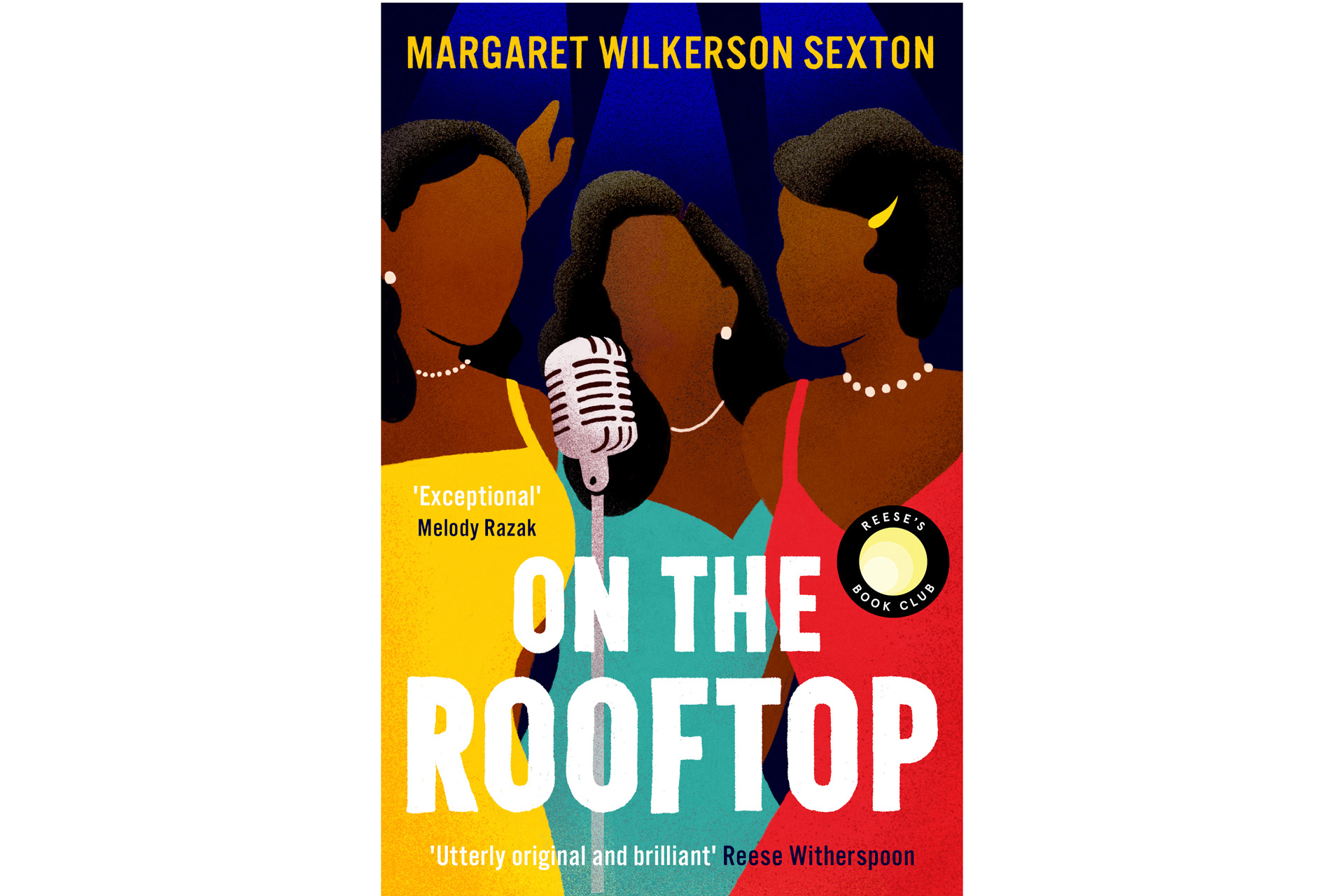
On the Rooftop by Margaret Wilkerson Sexton is out now. £16.99, waterstones.com

